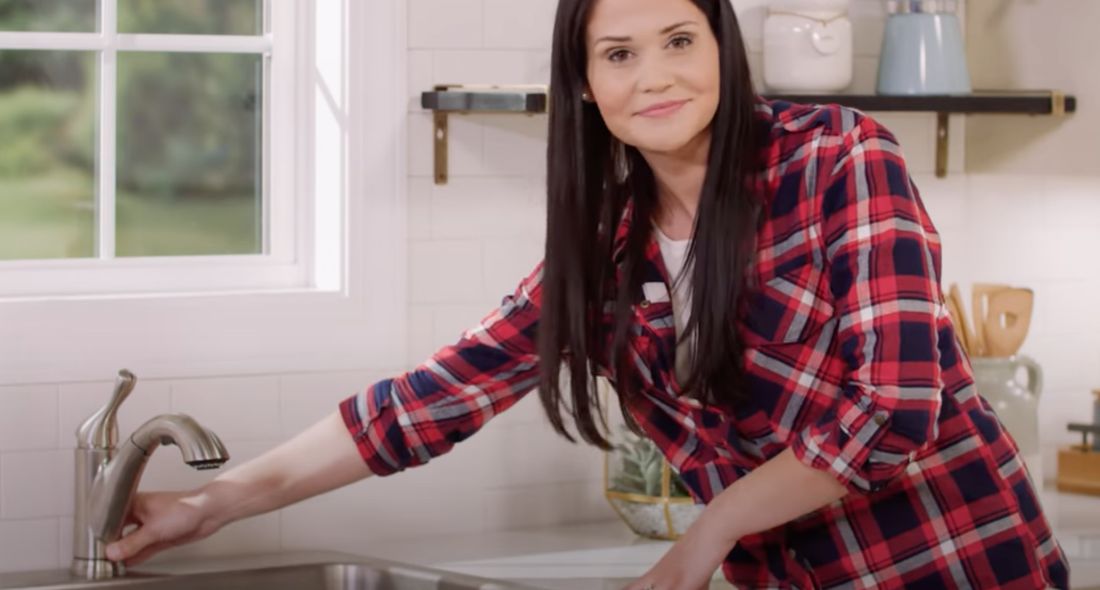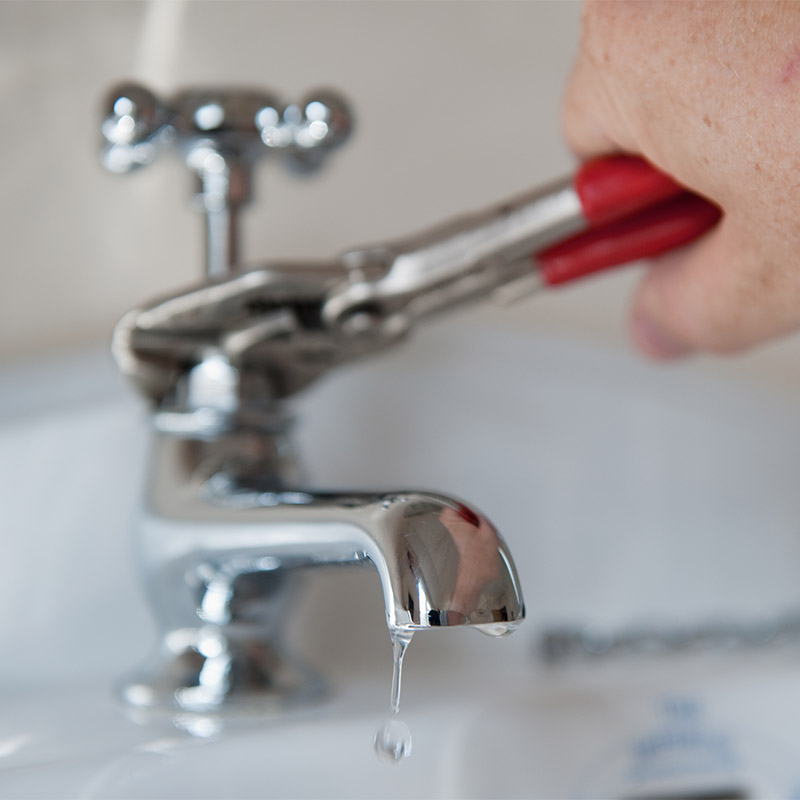Discovering the Significance of Resolving a Malfunctioning Faucet
Discovering the Significance of Resolving a Malfunctioning Faucet
Blog Article
What're your ideas concerning Why Is It Important To Fix Your Leaking Tap/Faucet??

Dripping faucets might feel like a small aggravation, yet their influence goes beyond simply the aggravation of the noise. From drainage to sustaining unneeded financial costs and health and wellness risks, overlooking a dripping faucet can lead to numerous consequences. In this article, we'll delve into why it's important to resolve this typical home problem without delay and successfully.
Wastage of Water
Environmental Impact
Leaking faucets contribute significantly to water wastage. According to the Epa (EPA), a single faucet leaking at one drip per secondly can throw away more than 3,000 gallons of water annually. This not only pressures water resources however additionally affects environments and wildlife depending on them.
Financial Costs
Enhanced Water Expenses
Beyond the environmental effect, leaking faucets can pump up water costs substantially. The collected waste over time equates right into greater energy expenditures, which can have been prevented with prompt fixings.
Prospective Residential Property Damages
Additionally, prolonged leaking can cause damage to components and surfaces surrounding the faucet. Water accumulation can create discoloration, deterioration, and also architectural concerns if left ignored, causing added repair work expenses.
Wellness Concerns
Mold And Mildew and Mold Development
The continuous presence of wetness from a dripping tap develops an optimal setting for mold and mold development. These fungis not just compromise interior air top quality but also present health and wellness threats, specifically for individuals with breathing conditions or allergic reactions.
Waterborne Illness
Stagnant water in trickling faucets can come to be a breeding ground for microorganisms and various other pathogens, raising the threat of waterborne conditions. Contaminants such as Legionella germs flourish in stagnant water, potentially causing major health problems when ingested or inhaled.
Do it yourself vs. Professional Fixing
Pros and Cons of DIY Fixing
While some may try to take care of a trickling tap themselves, DIY fixings come with their own collection of difficulties. Without correct expertise and tools, DIY attempts can worsen the issue or cause incomplete repair work, prolonging the trouble.
Advantages of Employing a Specialist Plumber
Working with a specialist plumber ensures that the underlying reason for the leaking faucet is attended to successfully. Plumbing professionals have the experience and tools to detect and fix tap issues effectively, conserving time and decreasing the threat of more damages.
Step-by-Step Guide to Repairing a Dripping Faucet
Tools Required
Before trying to take care of a leaking faucet, collect the required tools, including an adjustable wrench, screwdrivers, replacement parts (such as washers or cartridges), and plumber's tape.
Typical Faucet Issues and Their Solutions
Recognize the type of tap and the details issue causing the drip. Usual problems include damaged washing machines, rusty valve seats, or damaged O-rings. Describe maker guidelines or online tutorials for step-by-step advice on repair work.
Preventive Measures
Normal Maintenance Tips
To avoid trickling faucets, carry out regular upkeep such as cleansing aerators, evaluating for leaks, and changing worn-out parts immediately. Furthermore, take into consideration mounting water-saving devices or updating to a lot more reliable components.
Value of Prompt Fixes
Resolving dripping faucets as soon as they're noticed prevents further water waste and possible damages, inevitably conserving both water and cash in the long run.
Impact on Building Worth
Perception of Well-Maintained Building
Preserving a home in good condition, including attending to upkeep concerns like trickling faucets, boosts its regarded value and value amongst possible buyers or tenants.
Impact on Resale Worth
Features with properly maintained plumbing fixtures, including taps, command higher resale worths in the property market. Dealing with leaking taps can add to a favorable perception during residential property assessments and arrangements.
Environmental Obligation
Private Payment to Conservation
Taking obligation for taking care of leaking taps aligns with more comprehensive efforts toward water preservation and environmental sustainability. Every person's actions jointly make a significant effect on maintaining priceless sources.
Sustainable Living Practices
By focusing on prompt repairs and taking on water-saving practices, people contribute to lasting living practices that profit both existing and future generations.
Verdict
Resolving a trickling faucet exceeds plain convenience; it's a necessary step toward saving water, reducing monetary expenses, and safeguarding health and property. Whether with do it yourself repair services or specialist aid, acting to deal with leaking taps is a tiny yet impactful method to promote accountable stewardship of resources and contribute to a healthier, extra sustainable future.
How to Fix a Dripping or Leaky Faucet
A leaking faucet is one of the most common problems that homeowners encounter, but it being commonplace doesn’t make it any less annoying. The constant drip drip drip of a leaking bathtub faucet, showerhead, or sink tap can disturb your home’s serenity. Left neglected, a dripping faucet can also result in higher water bills and discoloration or mold growth in your sink or plumbing fixtures.
Fortunately, you don’t have to be a trained plumber to know how to stop a dripping faucet. With some basic tools, replacement parts, and a little patience, leaky faucet repair is a breeze. In this article, we’ll explain what causes dripping faucets and how you can fix them.
What Causes a Leaking Faucet?
Kitchen and bathroom faucets come in all manner of designs, but most involve some combination of valves, O-rings, seals, and washers. The O-ring is usually the weakest link, but any one of these pieces can wear down over time. Heat, moisture, temperature fluctuations, minerals, mold, and movement can contribute to warping and corrosion, breaking the watertight seal. This just comes with the territory of being a homeowner. Everything is always subject to wear and tear, and some component parts of your appliances and fixtures need to be replaced on occasion. At least replacement O-rings are cheap!
More rarely, dripping faucets can be a symptom of excessively high water pressure. Were this the case in your home, you would probably notice that the leak is not isolated to one faucet. Water pressure issues are harder to resolve on your own. We recommend contacting a professional plumber if you suspect your water pressure is too high.
How to Fix a Dripping Faucet
Pipe wrench or monkey wrench Allen wrench set Screwdrivers Old towel or rag Shut off the water.
Before you do anything, you need to turn off the water to keep from drenching your kitchen or bathroom. You should find a valve under the sink and against the wall. Once you’ve turned this valve, try turning the faucet on to confirm that the water source has been cut off.
If you can’t locate your local valve for the faucet you’re working on, you can always shut off the water to the house at the main valve. Of course, this will prohibit anyone from using the sinks, showers, or toilets while you’re working on the faucet that’s giving you trouble.
Plug or block the drain.
You’ll be disassembling the faucet and removing some small bits of hardware. Plug the drain with a stopper or rag to avoid the possibility of a small screw falling into your P-trap.
Take apart the faucet assembly.
There are several varieties of kitchen and bathroom faucets, each with its own manner of assembly. For detailed instructions on how to disassemble your faucet, you can refer to the fixture’s manual or contact the manufacturer. If you know whether you have a ball, disc, cartridge, or compression faucet, you can find detailed schematics online.
In general, you need to begin by removing the faucet handles. You might notice a small screw that you’ll need to remove with a screwdriver or Allen wrench. If you don’t see any visible securing hardware, it’s likely hidden under a decorative cap that can be unscrewed or popped off with flathead screwdriver.
Remove each piece methodically, consulting a schematic when necessary. Take notes or arrange the pieces in such a way to make it easier to correctly reassemble the faucet later.
Remove the cartridge.
Once you’ve removed the handles and securing hardware, you should be able to remove the valve cartridge or stem. Some cartridges will slide right out. Other faucet models will require you to loosen a nut with a pipe wrench before you can remove the valve stem.
Examine the exposed hardware.
With the cartridge or stem removed, inspect the component parts. Check the rubber O-rings for wear and tear. Also examine the seat washer for corrosion or other damage. These pieces are usually the responsible parties for a dripping faucet, but it’s worth inspecting the other component parts while you have the faucet disassembled.
Find replacement parts.
Once you’ve identified which faucet component has failed, find an identical replacement. Your local hardware store should have O-rings, seat washers, and other standard components in stock. If you have a luxury or uncommon faucet, you may have to contact the manufacturer for a replacement part.
It’s a good idea to take your old parts with you to the hardware store so you can compare them with the store’s inventory and be sure you’re purchasing the correct replacement.
Reassemble the faucet.
With your new parts in hand, reconstruct the faucet and handles. Don’t be tempted to overtighten screws or nuts. You might think this could create a better seal, but it can instead damage or bend a delicate part of the assembly and create a new problem for you.
Turn on the water and test the faucet.
The only thing left to do is test your work. Unplug the sink, turn the water back on, and try the faucet. Congratulate yourself on a job well done!
https://www.libertyhomeguard.com/how-to-fix-a-dripping-or-leaky-faucet/

I stumbled upon that review on Why Is It Important To Fix Your Leaking Tap/Faucet? when doing a search on the internet. Do you know about somebody who is sincerely interested in the topic? Take a moment to promote it. Thanks so much for your time invested reading it.
Report this page